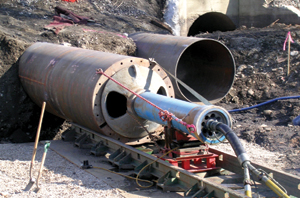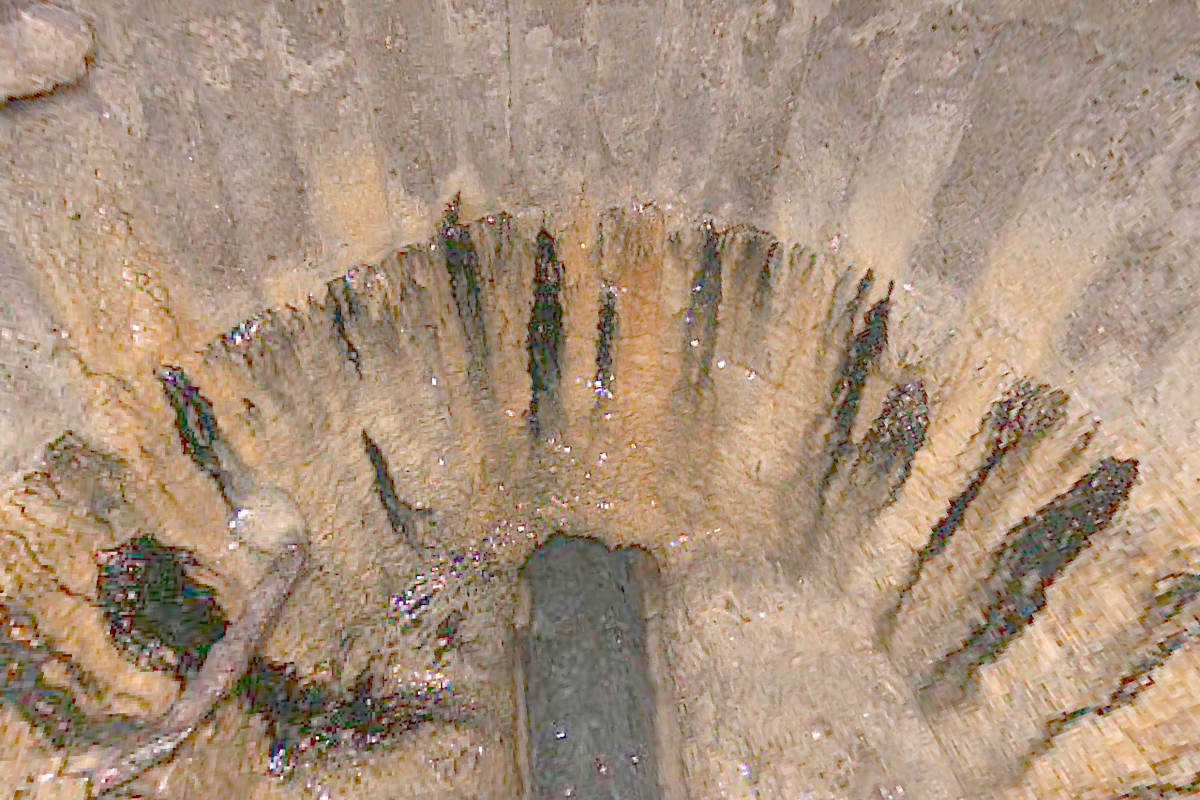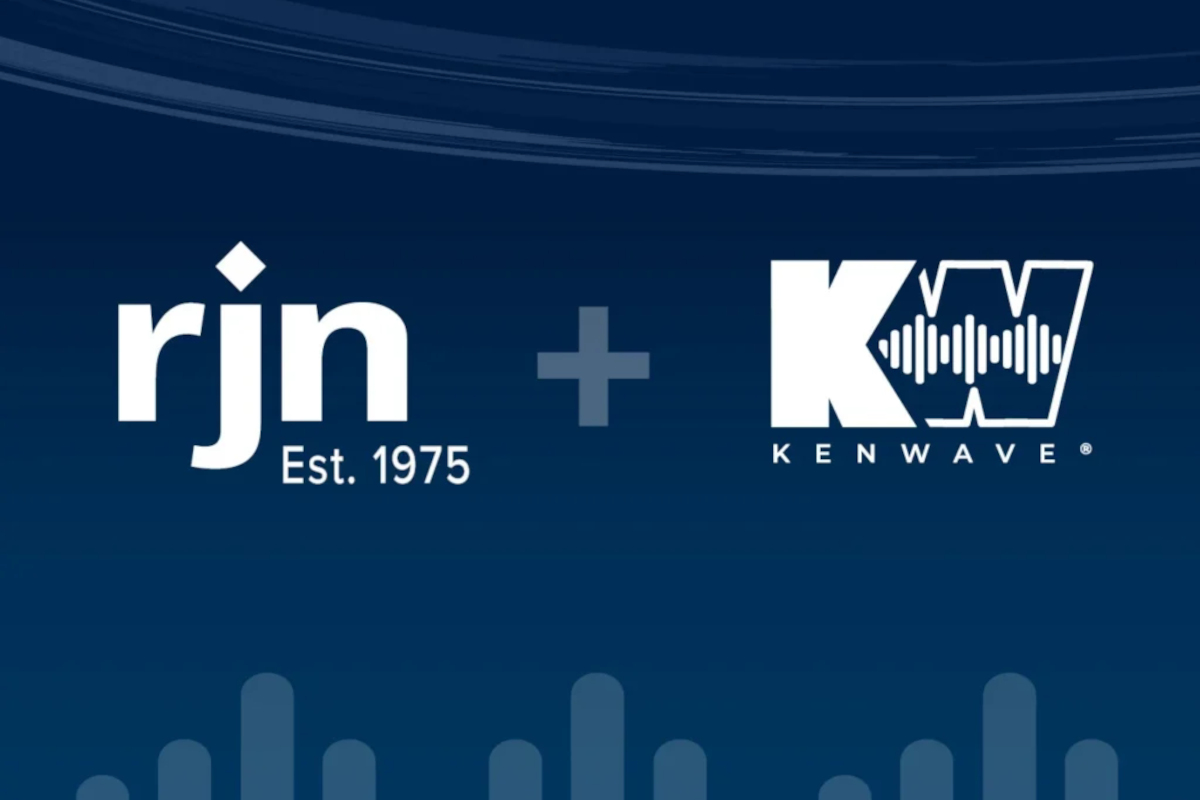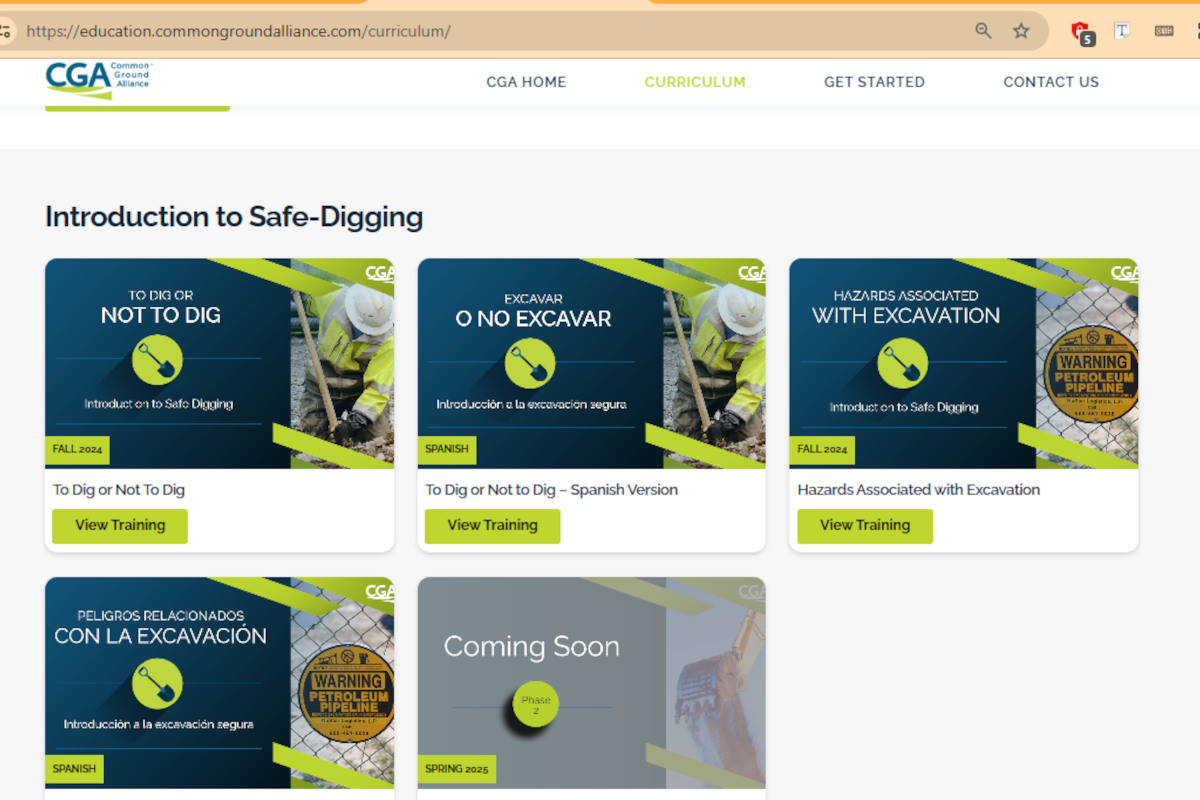Hammer Time
 Currently, Utah has one of the most aggressive and successful commuter/light rail programs in the United States. Studies regarding the viability of light rail began in the early 1990s. With a successful bid for the 2002 Winter Olympics, the Utah Transit Authority’s (UTA) light rail program received much attention. And federal grants in the mid-1990s helped to bring the program into fruition.
Currently, Utah has one of the most aggressive and successful commuter/light rail programs in the United States. Studies regarding the viability of light rail began in the early 1990s. With a successful bid for the 2002 Winter Olympics, the Utah Transit Authority’s (UTA) light rail program received much attention. And federal grants in the mid-1990s helped to bring the program into fruition.
In December 1999, the TRAX light rail program began operation with the 15-mile Sandy/Salt Lake line, according to the UTA’s Web site. In 2001, the UTA opened a route linking the University of Utah to downtown Salt Lake City. An extension including the school’s stadium and medical center complex was added in 2003.
Today, UTA is working on final construction of a 44-mile commuter-based rail line connecting Salt Lake City with the communities to its north. While the task of constructing these rail lines includes many forms of aboveground construction, trenchless technology is playing a role as well. Claude H. Nix Construction/Jasco Inc. (C.H. Nix), Ogden Utah, has been called in to complete a complicated series of casing installations under the rail line.
C.H. Nix was called in late January 2006 to rescue an auger bore with a 60-in. steel casing that was stuck 40 ft into a 80-ft storm drain bore. The auger had created a void and subsequent 15-ft diameter sinkhole between two Union Pacific tracks. C.H. Nix brought in an 18-in. Grundoram Goliath pipe rammer from trenchless equipment manufacturer TT Technologies, Aurora, Ill., to complete the bore. Once groundwater issues were under control and the pit set up, crews were able to complete the ram in short order.
In addition, a second 60-in. bore at the location had also been started and not completed. According to C.H. Nix, the second casing had been sitting at the 60-ft mark for more than three months. Even though the casing had sat idle in the ground for several months, the Nix crew was able to break the casing free with the Goliath rammer and ram the casing an additional 20 lf to complete the alignment.
“The most amazing feat for the Goliath Hammer was when it was able to break free and advance a 60-in. casing that had been 60 ft in the ground for over three months,” C.H. Nix project manager Jon Nix said. “I was not sure that it would be able to do this, but it did and it did it very well. The Union Pacific railroad and the general contractor were very impressed.” From there, CNC became an integral part of the project, as did pneumatic pipe ramming.
Ramming Basics & Benefits
Trenchless pipe installation through ramming is a fairly simple process. A pneumatic hammer is attached to the rear of the casing or pipe. The ramming tool drives the pipe through the ground with repeated percussive blows.
A cutting shoe is often welded to the front of the lead casing to help reduce friction and cut through the soil. Bentonite or polymer lubrication can also be used to help reduce friction during ramming operations.
According to TT Technologies pipe ramming specialist Jim Moore, several options are available for ramming various lengths of pipe. “An entire length of pipe at once or, for longer runs, one section at a time can be installed,” Moore said. “In that case, the ramming tool is removed after each section is in place and a new section is welded on to the end of the newly installed section. The ramming tool is connected to the new section and ramming continues. Depending on the size of the installation, spoil from inside the casing can be removed with compressed air, water, an augering system or other types of earthmoving equipment.”
Some casing installation methods are impaired or even rendered inoperable by rock or boulder filled soils. Pipe ramming is different. During pipe ramming, boulders and rocks as large as the casing itself can be swallowed up as the casing moves through the soil and can be removed after the installation is complete.
Ramming tools, in general, are capable of installing 4- to 147-in. diameter pipe and steel casings. Ramming requires minimal working depths and has proven effective for horizontal, vertical and angled applications. Ramming is also ideal for installations under roads and rail lines because it displaces the soil without creating voids or slumps.
Multiple Rams
After freeing and installing the stuck 60-in. casing, the crew moved to the third and fourth crossings, which involved two parallel, 48-in. steel casings.Difficulties on this site included minimal cover over the casing, less than 18 in. below tracks, limited muddy access and proximity to the railroad tracks.
“Safety for this entire project is known as ‘Form B,’ which requires full-time safety personnel onsite and work must stop completely when trains are in the vicinity, sometimes for 40 minutes or longer,” Nix said. “The high water table was again a challenge, but once we got things set up, the 90-ft bores took minimal time to complete. We set a company production record on this alignment; we were able to hammer one 20-ft length of 48-in. casing into the ground in nine minutes.”
The third site (fifth crossing) was the most difficult. The scope of work included boring under three sets of tracks and into an existing freeway embankment in order to realign an existing pressure irrigation water line. The owner wanted to encase the line in one continuous steel casing across both the freeway and railroad tracks. The existing irrigation line had a horizontal bend in it that needed to be removed and re-aligned.
Prior to construction, no one knew where the end of the existing casing for the irrigation line was located or exactly how deep it was. Nix knew that once they located the existing end of casing, that in order to line up and bore to the existing end from the opposite side of the tracks, accuracy would be critical. C.H. Nix crews opted to use an Akkerman pilot tube guided boring system and Goliath pipe rammer to complete this drive.
“The pilot tubes would allow us the accuracy, and pipe ramming would assist with the minimal cover, high ground water and poor soil conditions,” Nix said. “To excavate the pit in the embankment, we used soil nails and shotcrete to excavate sequentially down to the existing casing. The casing was about 45 ft deep in the embankment. Once the casing was located, we projected the existing alignment across the tracks and constructed our insertion pit.”
C.H. Nix crews were able to push the pilot tubes and ram the 36-in. casing 200 lf across the tracks with less than a 2-in. deviation between the existing casing and the newly installed casing. The crews were also able to connect the two by splitting and rewelding a piece of 36-in. casing. Construction also included the installation of 30-in. HDPE through the steel casing.
The sixth through ninth crossings were completed in the Ogden Rail Yard. A 24-in. steel casing, for storm drain, was rammed 200 lf across seven sets of tracks. The pilot tube system was also used on this drive for line and grade accuracy.
“A 20-in. steel casing for a waterline was rammed 215 lf using our 12-in. hammer. This alignment was challenging due to the fact that we hooked a “ghost” abandoned steel waterline about 190 lf into the drive,” Nix said. “It was located directly under a set of active tracks. The railroad would not let us dig up the end of casing using an excavator, but agreed to allow us to use a vacuum truck to daylight the end of the casing with a 2-ft diameter hole.
“Once we exposed the end of the casing, about 12 ft deep, we found the steel waterline wrapped over the end of our casing. Our welder built a custom extra-long handled cutting torch, reached down into the key hole excavation and cut the obstructing pipe out of our alignment. The obstruction held up advancement of the casing for two days, but our hammer was able to get the pipe string moving again and complete the bore.”
The eighth and ninth crossings were parallel, 60-in. steel casings, for re-alignment of an existing storm drain box culvert. C.H. Nix crews completed both of these crossings using an Akkerman TBM and Series 5000 pipe jacking system.
The tenth crossing included the installation of a 36-in. storm drain culvert crossing. It was similar to the others and the Nix crews were able to complete the crossing successfully using pipe ramming.
The eleventh crossing was completed for a water transmission re-alignment. “We rammed 120 lf of 36-in. casing and slid 30-in. HDPE through the casing. We then installed 16-in. ductile iron pipe on either side of the tracks and connected it to the 30-in. HDPE,” Nix said. “We will be completing the connections of the 16-in. DIP to the existing 16-in. mortar lined steel pipe later in fall 2007. Construction was delayed on this portion of work due to a conflicting project in the area.”
The final three crossings will be constructed early in 2008 in downtown Salt Lake City, consisting of three 24-in. bores and using pilot tube technology and a Goliath pipe rammer.
Jim Schill is a technical writer based in Mankato, Minn.




